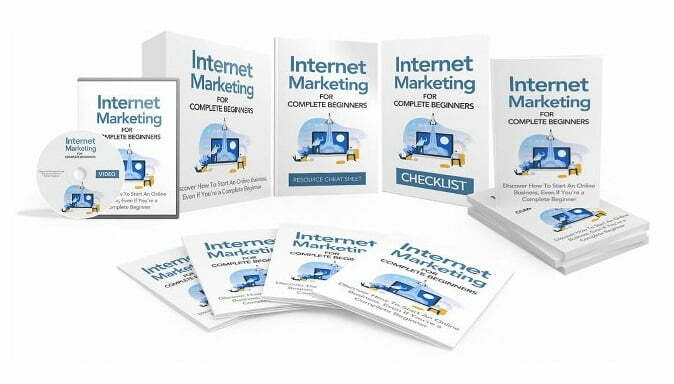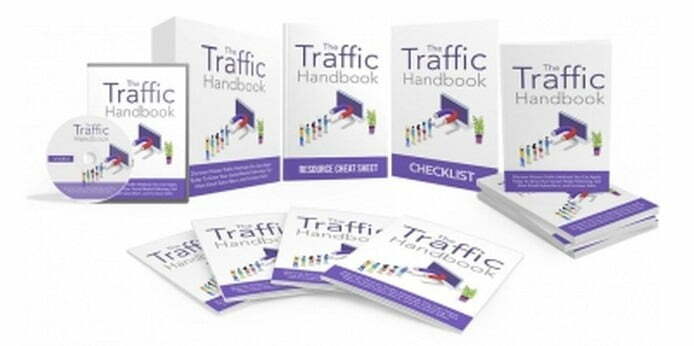How to Use LinkedIn to Get Freelance Gigs
“Success in freelancing often hinges on visibility and connection. LinkedIn offers both.” – Anonymous
LinkedIn isn’t just for job seekers; it’s a goldmine for freelancers looking to land gigs and connect with potential clients. Whether you’re just starting or want to grow your freelancing business, LinkedIn can be a powerful tool in your arsenal. Here’s how to make the most of it.
1. Optimize Your LinkedIn Profile
Your LinkedIn profile is like your digital portfolio, so make it shine!
- Headline: Clearly state your freelance niche and value proposition. Instead of “Freelancer,” try “Freelance Graphic Designer | Branding Specialist Helping Businesses Stand Out.”
- Profile Photo: Use a professional headshot that conveys approachability.
- About Section: Write a compelling summary that highlights your skills, experience, and how you help clients solve problems.
- Portfolio: Showcase samples of your work under the “Featured” section.

2. Leverage LinkedIn Search
Use LinkedIn’s advanced search feature to find potential clients, companies, or job posts in your niche.
- Search for hiring managers or business owners who might need your services.
- Look for job postings tagged “freelance” or “remote.”
- Join niche-specific LinkedIn groups where clients and freelancers connect.
3. Engage with Content
Be active on the platform to increase your visibility.
- Post Content: Share insights, success stories, or tips related to your expertise. For instance, a freelance writer could post, “5 Quick Tips to Make Your Blog Posts More Engaging.”
- Comment: Engage with posts by potential clients, adding value through thoughtful comments.
- Share Testimonials: Post recommendations or endorsements from past clients.
4. Use LinkedIn’s Job Features
The “Jobs” section is a treasure trove for freelancers.
- Apply filters like “freelance,” “contract,” or “part-time” to narrow your search.
- Set up job alerts to get notified about relevant opportunities.
- Use the “Open to Work” feature to signal your availability.
5. Build Connections Strategically
Networking is the backbone of LinkedIn success.
- Personalize connection requests by mentioning something specific about the person’s work or profile.
- Follow up with new connections by introducing yourself and offering value (not a hard sell).
- Nurture relationships by checking in periodically and engaging with their updates.
6. Showcase Your Expertise with LinkedIn Articles
Writing long-form posts on LinkedIn can establish you as a thought leader in your field.
- Choose topics that showcase your expertise, such as “The Power of Visual Consistency in Branding.”
- Add visuals and actionable tips to make your articles engaging.
- Share your articles in relevant groups or tag connections who might benefit.

Why LinkedIn Works for Freelancers
LinkedIn gives freelancers a platform to showcase their skills, engage with their audience, and connect with clients—all in one place. Unlike other social networks, LinkedIn is designed for professionals, making it easier to find high-quality opportunities.
Key Takeaways
LinkedIn is more than a social network; it’s a business development tool for freelancers. Optimize your profile, build strategic connections, and stay active to attract gigs and grow your freelance career.



Responses